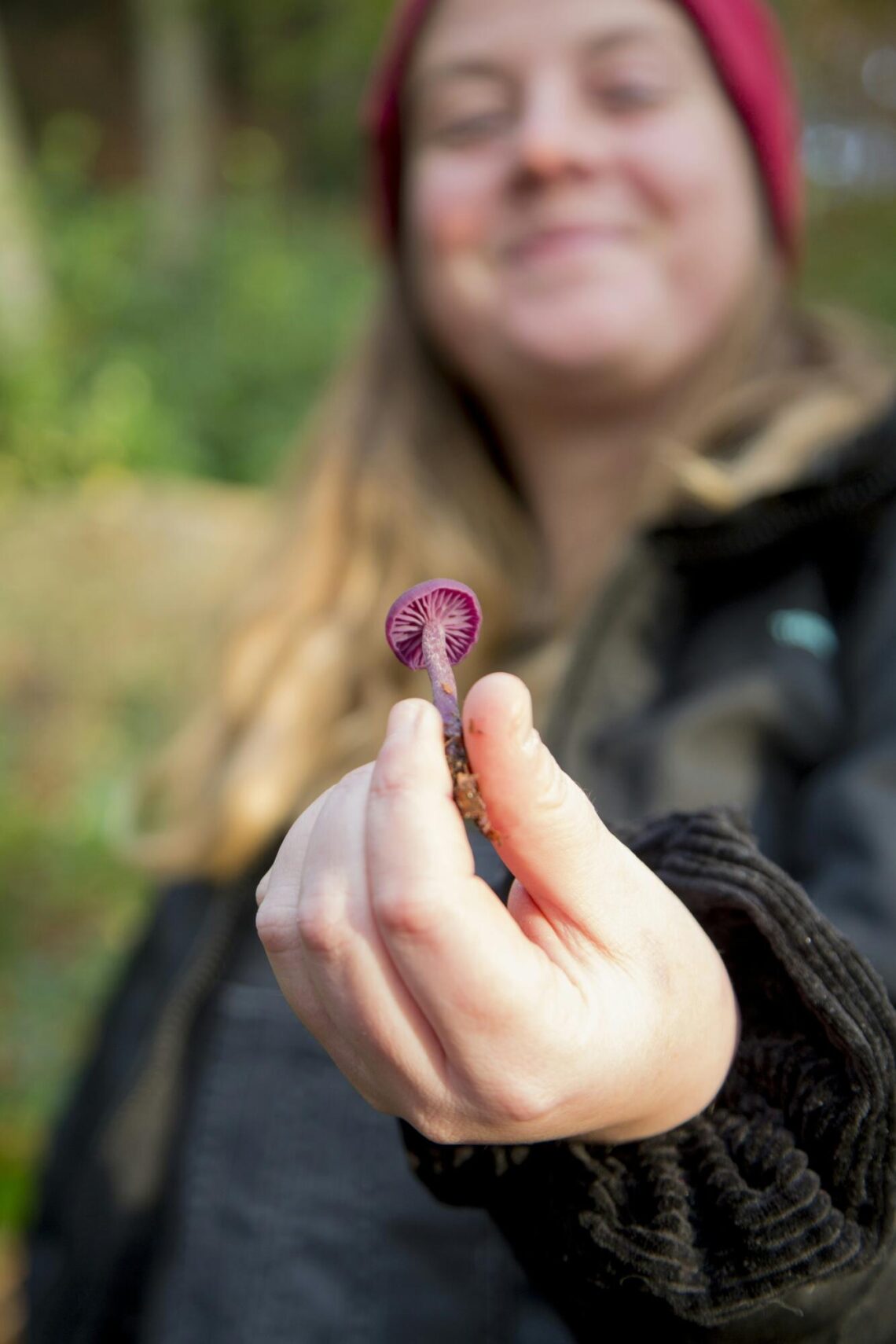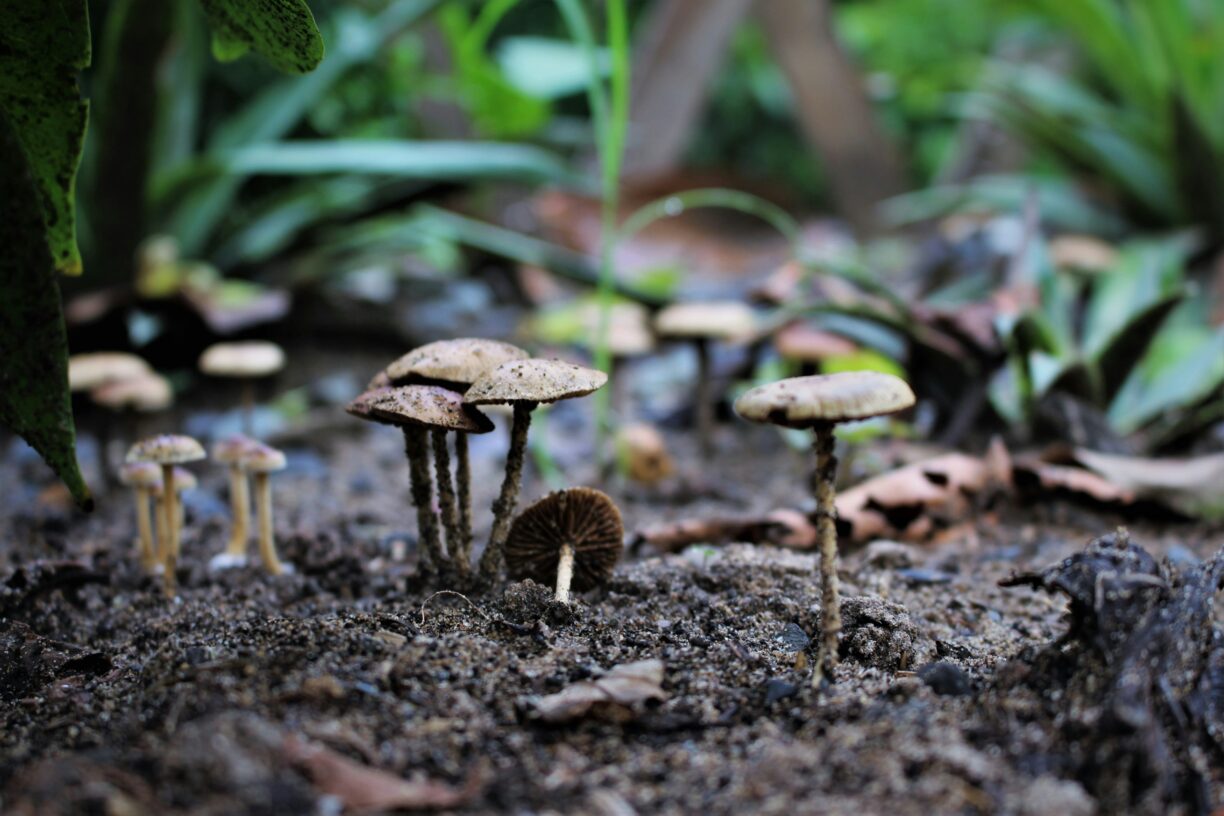Have you ever wondered what wild plants are safe to eat? Foraging is a fun way to explore nature and find food. It connects you to the land and its hidden treasures.
Many wild edibles grow right in your backyard or nearby parks. Learning to identify them is the first step. You can enjoy fresh, free ingredients for meals or snacks with practice.
This guide will help you take your first steps into the exciting world of foraging. Let’s begin your journey!
Why Forage for Wild Edibles?
Wild food harvesting is a fun outdoor activity. It also has many benefits. Wild plants can be more nutritious than store-bought produce.They grow naturally without fertilizers or pesticides. This makes them cleaner and healthier to eat.
Foraging also helps you connect with nature. It teaches you to appreciate the ecosystems around you.
Key Considerations Before You Start
Before you head out into the wild, consider the following factors below. This is to ensure a successful foraging experience:
Legal Regulations
Always check local laws regarding wild foraging to avoid any legal issues. Make sure you have permission to forage on private or protected land.
Some areas may have restrictions on picking certain plants. Know what is allowed before you start.
Sustainability
Harvest responsibly, taking only what you need. This helps keep the plants thriving for future use. Avoid overharvesting, especially in areas with limited resources.
Leave enough behind for wildlife and the ecosystem. Choose mature plants and avoid damaging roots unless necessary. Rotate your foraging spots to give plants time to recover. Always respect nature and leave the area as you find it.
Equipment
Having the right equipment makes foraging easier and more enjoyable. Bring a basket or reusable bag to carry your finds. Use scissors or a small knife for clean cuts when harvesting plants.
Wear comfortable shoes and clothes suited for the terrain. Gloves can protect your hands from thorns or harmful plants. Don’t forget to pack water and snacks to stay hydrated and energized during your adventure.
Identifying Wild Edibles
One of the most important skills to develop in foraging in the wild is plant identification. Several resources can aid you in recognizing edible plants:
Field Guides
Invest in a good field guide that focuses on the plants in your region. Look for guides with clear photos and detailed descriptions.
Mobile Apps
Use mobile apps designed for plant identification to complement your field guide. Many apps let you take photos and match them to a plant database.
Always cross-check app results with other resources to confirm accuracy. These tools can be valuable, but personal knowledge and caution are key.
Foraging Classes
Taking foraging classes is a great way to learn from experts. These classes teach you how to identify edible plants. They often include hands-on practice in the field, which is helpful for beginners.
You’ll also learn tips for sustainable harvesting and preparing wild foods. Classes can connect you with a community of foraging enthusiasts. This makes the experience even more rewarding.
Safe Foraging Practices
Safety is paramount when it comes to gathering wild edibles. Here are essential foraging tips to keep in mind:
Forage in Clean Areas
Only gather plants from areas free of pollution and chemicals. Avoid places near busy roads, industrial sites, or areas sprayed with pesticides.
Choose locations like forests, meadows, or untouched parks for the best results. Be mindful of water sources and ensure they are clean if gathering near streams or rivers. Always prioritize your health and safety when selecting foraging spots.
Be Certain of the Identification
Always be 100% sure of a plant’s identity before consuming it. Many edible plants have poisonous plant look-alikes, so double-check with a guide or expert.
If in doubt, it’s better to leave the plant untouched. Start with plants you are completely confident in, and gradually expand your knowledge.
Consult Experts
When in doubt, always consult an expert. Foraging groups, local plant enthusiasts, or experienced foragers can provide valuable advice.
Don’t hesitate to ask questions, as experts can help you avoid mistakes. Building a network of foraging mentors can help you grow your skills safely.
Where to Find Wild Edibles
Wild edibles can be found in various environments, each offering different species. Common places to search include:
- Fields and meadows
- Forest trails
- Near water sources
Remember to always remember the principles of sustainable foraging. Take only what you need and leave enough for wildlife and plant propagation.
Common Wild Edibles to Look For
When starting your foraging journey, it’s crucial to know which plants you can safely consume. Here are some popular wild edibles to consider:
Dandelion
Entirely edible, from root to flower, dandelions offer a slightly bitter flavor. They are packed with vitamins A, C, and K.
Chickweed
Soft and succulent, chickweed can be eaten raw in salads or cooked as a green. It’s known for its mild flavor and high mineral content.
Wild Garlic
This aromatic herb adds a delightful flavor to dishes. Both the leaves and bulbs are edible and can be used similarly to cultivated garlic.
Blackberries and Raspberries
Wild berries are a sweet treat when in season. They can be eaten fresh or used in jams and desserts.
Purslane
Purslane has a tangy, lemony flavor and is packed with omega-3 fatty acids. It can be eaten raw or cooked in soups and salads.
Nettle
Nettle leaves are rich in vitamins and minerals. You need to cook them to neutralize their stinging effect. They make great additions to soups or teas.
Plantain
Plantain leaves are edible and have a mild, earthy flavor. They can be used in salads or as a cooked green.
Embrace Your Foraging Journey
Exploring wild edibles is a fulfilling endeavor filled with adventure, learning, and delicious flavors. From safely identifying plants to incorporating them into your meals, the possibilities are vast and exciting.
Begin your foraging journey with a strong understanding of the basics and a commitment to sustainable practices. The wild is waiting, so grab your basket and get started on your quest to uncover nature’s tasty treasures!
Read more lifestyle articles at ClichéMag.com
Images provided by Deposit Photos, BingAI, Adobe Stock, Unsplash, Pexels, Pixabay & Creative Commons





